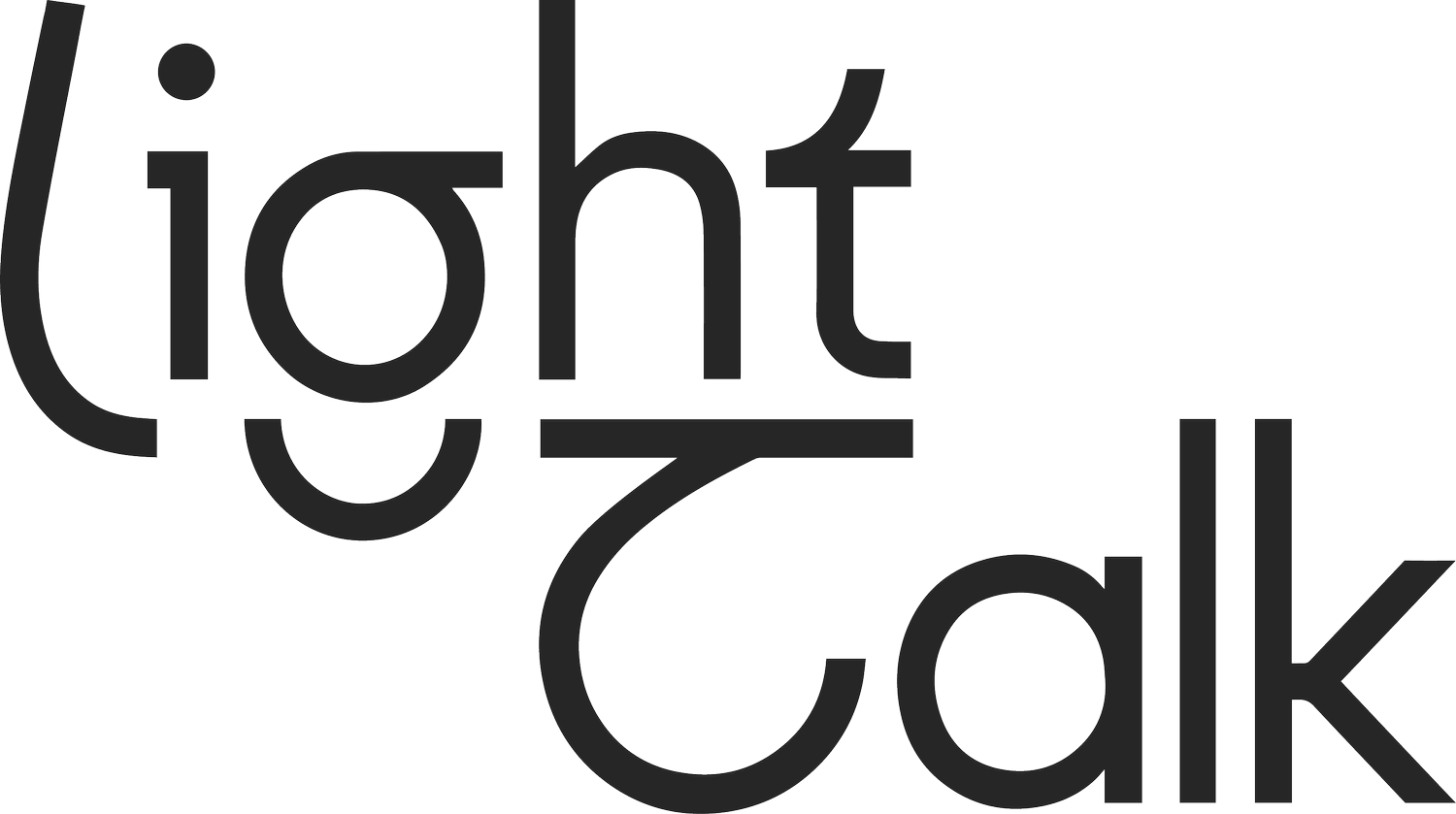25-03 / AI: The Case for Transparency in Lighting Design
This blog has fully been generated by CHAT GPT (*)
In the rapidly evolving landscape of lighting design, artificial intelligence (AI) has emerged as a transformative tool, enhancing creativity and efficiency. As AI becomes more integrated into creative processes, the question of transparency arises: Should creators disclose their use of AI tools in their work?
The Case for Disclosure
Declaring the use of AI in creative projects fosters an environment of honesty and trust. Transparency about AI involvement not only upholds the integrity of the creative process but also educates clients and audiences about the capabilities and limitations of these technologies. This openness can demystify AI, making its benefits more accessible and understandable.
Benefits of AI in Lighting Design
AI offers numerous advantages in the field of lighting design:
Efficiency: AI can automate complex calculations and simulations, reducing the time required for design iterations.
Optimization: AI algorithms can analyze vast datasets to optimize lighting layouts for energy efficiency and aesthetic appeal.
Innovation: By processing diverse design inputs, AI can generate novel concepts that might not emerge through traditional methods.
For instance, companies like LightStanza have integrated AI into their lighting design tools, enhancing their calculation engines to provide more accurate and efficient solutions.
Limitations and Considerations
Despite its advantages, AI is not without limitations:
Creativity Constraints: AI lacks the human touch and may not fully capture the nuanced aesthetics that a seasoned designer brings.
Ethical Concerns: The use of AI raises questions about authorship and the potential for job displacement in creative industries.
Technical Limitations: AI-generated designs may require significant refinement and validation to meet practical and safety standards.
Recognizing these limitations is crucial for setting realistic expectations and ensuring that AI serves as a complement to human creativity, not a replacement.
Industry Examples
Several companies have embraced transparency regarding their use of AI:
Adobe: Through its AI tool, Firefly, Adobe collaborates with creators to develop AI-generated content, emphasizing the importance of transparency and control in the creative process. Reference
Tom Ford Beauty: The fragrance Bois Pacifique was developed using AI tools, with the company openly discussing AI's role in the creation process. Reference
Conclusion
As AI continues to permeate the lighting design industry, declaring its use becomes a matter of professional integrity and education. Transparency about AI's role not only builds trust but also enriches the collaborative process between technology and human creativity. By acknowledging both the strengths and limitations of AI, designers can harness its potential responsibly, ensuring an even playing field and fostering innovation in the industry.
(*) Notes
Prompts used:
1) Write a blog about the integrity of using AI exploring the option for creators to declare that they have used AI tools in their work. Many people use AI Tools to create documents, designs and so on, to create an even playing field in the (lighting design) industry, declaring the use of AI tools would a necessity and at the same time educational. What are the limitations, what are the upsides? Show some examples of companies that already declare the use of AI tools when they present work. The blog should be no longer than 400 words. Add one striking image that embodies this blog subject
2) As above but give the blog a striking title (forgot to ask for a title )
3) Locate the image in a realistic office design studio
4) Remove the decorative pendants and replace with linear direct/ indirect lighting
Image evolution:
-> Software: Free Chat GPT
-> Total time spent: less then 10 mins
-> Podcast option: With a few minutes extra it also provided me with a script with time stamps for a podcast and software to help me record it. Prompts:
1) create a podcast of this blog 2)turn it into an audio recording (couldn’t do it and formatted it as below instead)
Would love to hear your comments!
March 2025




